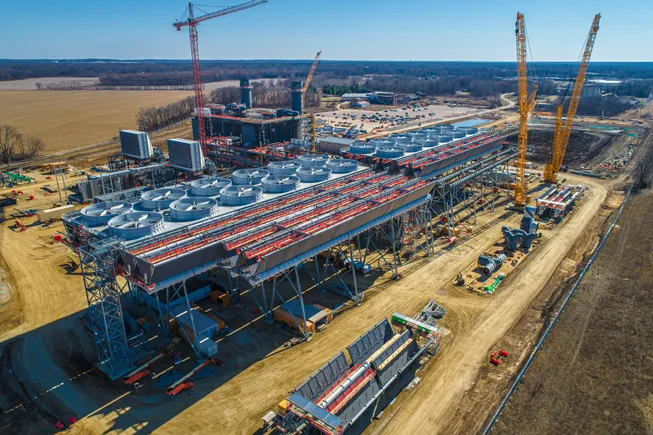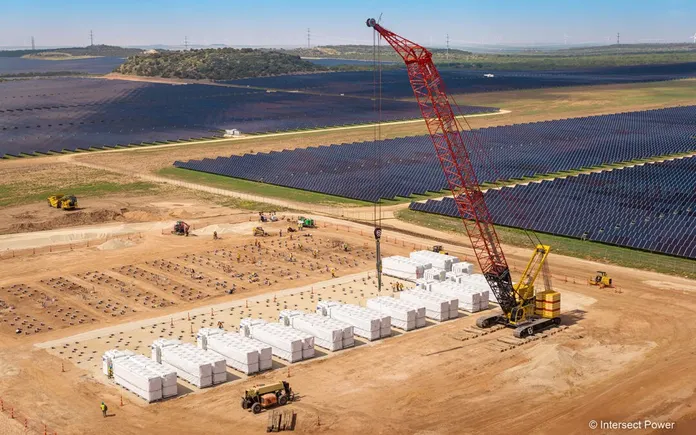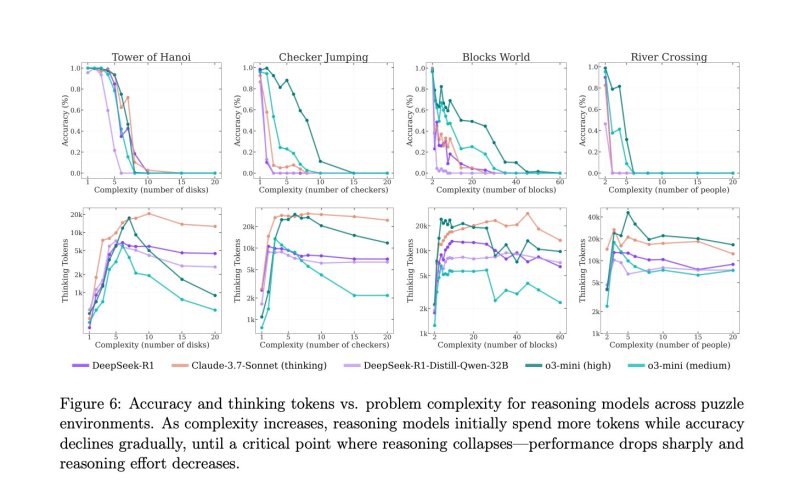
Uniper SE has approved the construction of a 46.2-megawatt (MW) wind farm in East Ayrshire, Scotland, expecting to put the facility into production 2028.
The German power and gas utility said it is proceeding as a sole owner, without co-developer Energiekontor UK Ltd. Uniper expects the seven-turbine project to start construction 2027.
It will have enough generation for 66,000 United Kingdom homes each year, based on an average household consumption of about 2,700 kilowatt hours (kWh), according to Uniper.
The balance of plant contractor is AE Yates Ltd., while construction management services will be provided by Energiekontor UK Construction Ltd. The wind turbines are from Nordex.
“Uniper has approximately 230 MW of solar projects in execution across Europe”, Alex Smethers, Uniper head of renewables in the United Kingdom, said in an online statement. “We are committed to increasing our renewable energy portfolio and are determined to help meet our target to accelerate the energy transition by making our business carbon-neutral by 2040”.
The company said, “Uniper is committed to expanding its renewable portfolio across Europe, focusing on the UK, Germany, France, Italy, Sweden, Hungary, and Poland. The goal is to develop up to 10 gigawatts capacity of ready-to-build status projects by the early 2030s”.
In August 2023 Uniper announced plans to invest over EUR 8 billion through 2030 in decarbonization efforts.
Earlier this year Uniper announced five solar generation projects with a combined capacity of about 233 megawatts peak (MWp) in Germany, Hungary and the United Kingdom.
In Germany, Uniper will construct a 17 MWp solar park on the ash landfill of the former Wilhelmshaven coal-run power plant. With generation of about 17,000 MW hours a year, the solar facility can power up to 4,500 households, based on an average household consumption of about 3,300 kWh per annum, Uniper said February.
The 14-hectare park will have 28,500 solar modules, which will be installed using specialized anchoring systems designed for the landfill site.
“The PV Park Voslapper Groden, together with the planned electrolysis plant, the hydrogen import terminal, and the visitor center, forms an important cornerstone of our regional project portfolio”, said Uniper renewables chief executive Jörg Lennertz, referring to the Green Wilhelmshaven project. Green Wilhelmshaven, envisioned to be a European hydrogen interconnection hub, will include a one-gigawatt electrolyzer planned to be powered by offshore wind.
Commissioning for the solar project is targeted for the first half of 2026. Construction will be carried out by Greening Group.
In Hungary, Uniper will build two photovoltaic farms, one in Tét with a capacity of 90 MWp and another in Dunaföldvár with a capacity of 61 MWp. With a combined capacity of 151 MWp, the plants can supply up to 92,000 households, based on an average consumption per household in Hungary of around 2,400 kWh a year, Uniper said.
The Tét project is planned to go online 2027. The Dunaföldvár project is targeted to go onstream 2026.
EXTOR Energy Zrt. bagged the contract to build the plants. Maxicontech Kft. and Spie Hungaria Kft. will handle the grid connection in Tét and Dunaföldvár respectively.
The UK projects are the Tamworth Solar Farm with a capacity of approximately 44.2 MWp and the 21.33-MWp Totmonslow Solar Farm. Their collective capacity can power about 23,300 homes a year, based on an average household consumption of around 2,700 kWh, Uniper said.
Uniper aims to connect the projects, which received approval from local planning authorities in 2023, to the grid next year. The Tamworth project won a contract for difference August 2024.
The solar farms “will be some of the first renewable energy projects to be delivered by Uniper in the UK”, said Smethers.
The company said, “In the UK, Uniper is exploring opportunities to potentially develop renewable projects in and around its existing power stations with a focus on the development of solar and onshore wind projects, which for some projects could also include the installation of battery storage facilities”.
To contact the author, email [email protected]




















